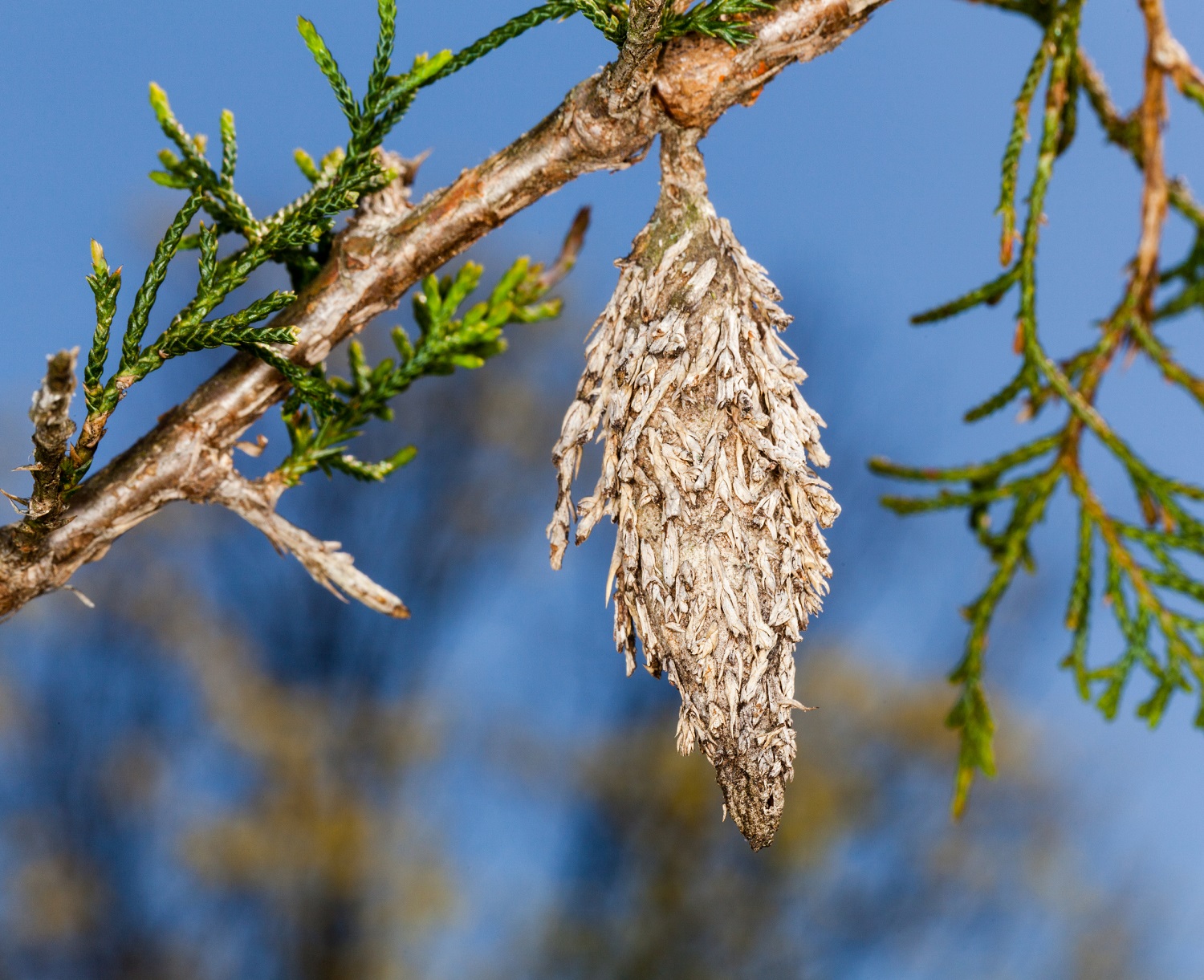
3Ĭreeping myiasis: occurs with parasitic maggots which are not able to develop in humans. hominis, which have relatively large larvae possessing outer layers of spikes.

This phenomenon is probably more common with D. The patient may experience pain, and some have reported feeling the larvae moving around within the tissues. Often, there is a small (2–3 mm diameter) pore at the center of the boil which allows the larvae to breathe. Within 24 hours, a papule resembling an insect bite will swell into a boil-like lesion ranging anywhere from 10 to 35 mm in diameter.

The most common infestation sites are exposed areas such as the extremities, back, and scalp. The symptoms of myiasis depend on the area of the body that is infested.Ĭutaneous myiasis: in which the maggot penetrates the skin and develops in the tissue under the skin, is probably the most commonly observed form of myiasis.


 0 kommentar(er)
0 kommentar(er)
